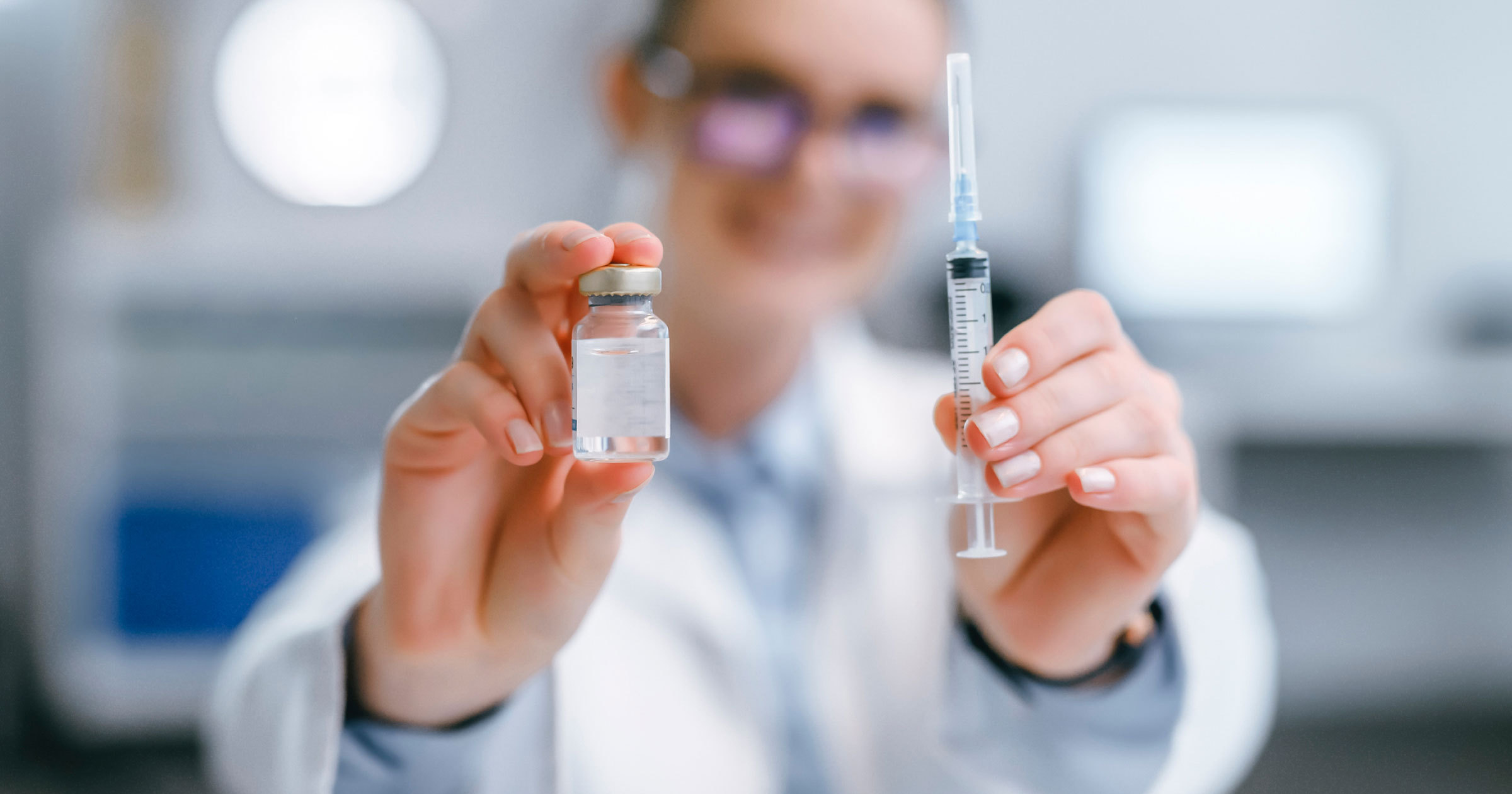When starting fertility treatment, your doctor will work with you to determine which medication and/or injection is the best option for you. While we’ve talked about some of the most frequently used ones in the past, we wanted to take the time to dive in a little deeper and provide you with a general guide to help you get started with confidence.
Pregnyl is a common fertility medication that falls under the human chronic gonadotropin (hCG) category. When used, it triggers ovulation and stimulates the “lead,” or largest follicle to release an egg. It’s administered subcutaneously or intramuscularly, depending on the protocol at the center you work with.
Along with storage requirements, let’s talk about some of the facts you should know about when starting Pregnyl.
How Pregnyl Works
Mimicking the pituitary luteinizing hormone (LH), Pregnyl and other human chronic gonadotropins play an important role in the development and maturation of a normal ovarian follicle in conjunction with follicle stimulating hormones (FSH). A mid-cycle LH surge will also trigger ovulation.
For those undergoing fertility treatments, Pregnyl can help support or kickstart your body’s natural process to increase the likelihood of producing healthy eggs. From there, you can either use these eggs to work toward becoming pregnant, or freeze them in order to preserve your future family-building opportunities.
This fertility medication is injected into the patient and will need to be reconstituted or mixed prior to use. The vials can be stored at room temperature, but once mixed, they will need to be refrigerated and used within 60 days.
Potential side effects are rare, but there may be discomfort at the injection site. Additionally, patients may have mood swings, headaches, bloating/edema, nausea, and vomiting.
Pregnyl Mixing Instructions
A dose of human chronic gonadotropins, like Pregnyl, come in separate parts—a powdered medication and a liquid or diluent. These will need to be combined before administering the shot. While your doctor or specialist will work with you and show you the proper technique, here’s some general information to refer to:
- Pop off the plastic top of the powdered medication and the diluent.
- To prevent contamination, swab the top of each vial with an alcohol tab.
- Using a 3 ml syringe with a 1 ½” needle mixing, twist to secure the needle and then draw back 1 ml of air into the syringe.
- Firmly insert the needle through the rubber stopper of the diluent vial. Turning both upside down, depress the air into the vial to equalize the pressure and make it easier to withdraw the liquid.
- Make sure the tip of the needle is below the liquid line and pull the plunger to withdraw 1 ml of diluent. Keep in mind that the vial contains excess diluent and that, unless otherwise instructed by your doctor, you should only use 1 ml of liquid.
- Slowly and carefully deposit the diluent into the vial of powdered medication.
- Rotate the vial between your thumb and index finger until the solution is clear. Draw the newly mixed solution back into the syringe.
- Hold the syringe with the needle pointed upwards and tap the syringe to force any air bubbles to the top. Depress the plunger to expel the air.
From there, you can follow the instructions for either subcutaneous or intramuscular injections. The method will be decided between you and your doctor.
Request a Virtual Injection Lesson with a VFP Nurse
Looking for more help getting started with your fertility medications? We provide one-on-one instruction for VFP patients through a free virtual medication consultation with one of our experienced clinical educators. They’ll meet with you over a video call to answer any questions and walk you through your medications, injection techniques, and any other procedures you’re having trouble with. If you have any additional questions afterward, our nurse and pharmacist teams are available 24/7/365 to help. Visit our website for more information or give us a call.
